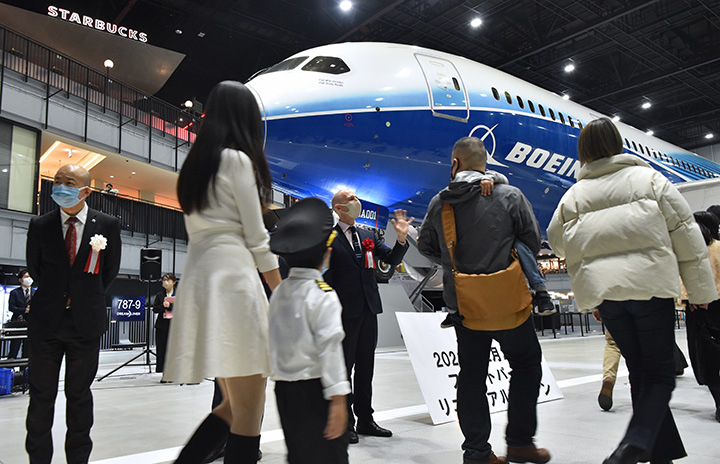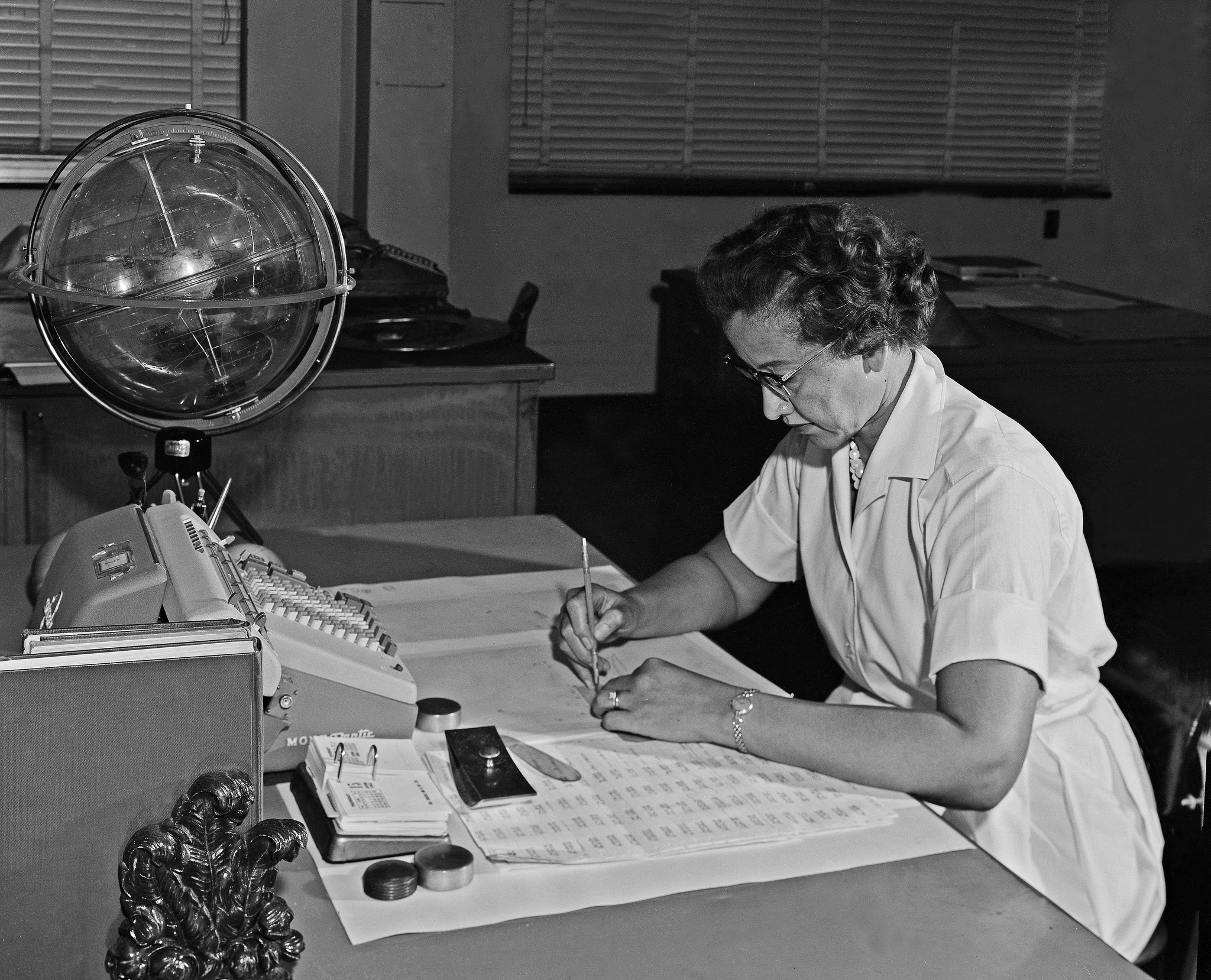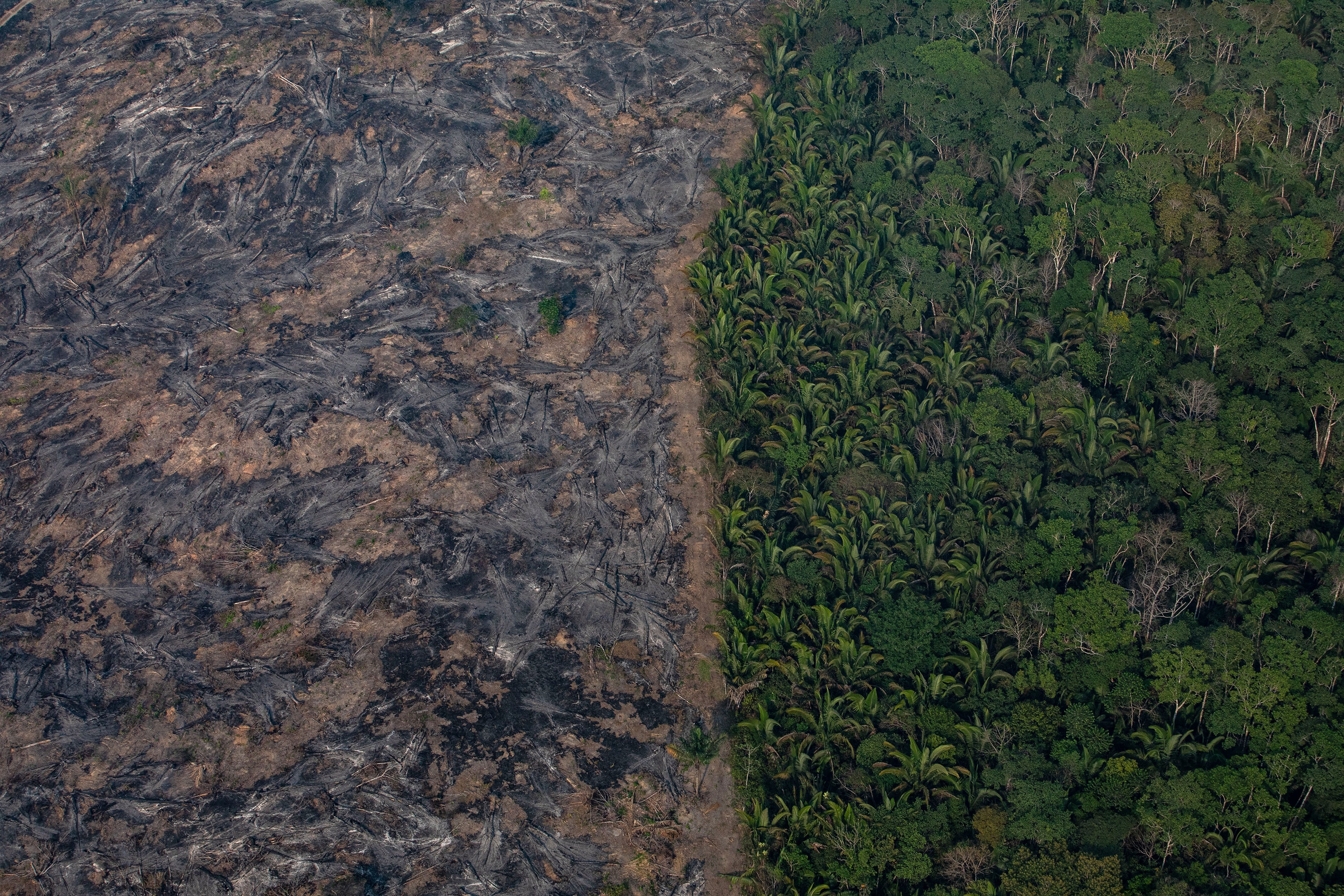On March 7, 1967, a Red Bank, New Jersey, resident named F.C. Stetter sat down at their typewriter and wrote a letter to Sen. Clinton P. Anderson (D-N.M.), a fierce advocate for the United States space program and the chair of the Senate’s Committee on Aeronautical and Space Sciences at the time.
“We were not the first to put a man in space, so why all this hurry to be first to put a man on the Moon?” the concerned citizen wrote, going on to question why America couldn’t just cooperate with Russia or another country to reach the depths of space.
The letter came just over a month after the Apollo 1 launchpad fire at Cape Kennedy that killed astronauts Virgil “Gus” Grissom, Ed White and Roger Chaffee. The accident left NASA and its Apollo contractors reeling in the face of their first tragedy. Perhaps more importantly, it raised significant questions as Congressional, media and public trust in NASA was shattered.
Why are we going to the moon in the first place? And why does this need to be a race?
These are questions that we are once again facing as NASA’s Artemis program lurches forward and our return to the moon is increasingly framed as a new space race against China. But the societal elements that existed in the 1960s, ones that created the Space Race that pitted the U.S. against the Soviet Union, simply don’t exist today.
The goal to send humankind back to the moon’s surface cannot and should not be about a race to the finish. Instead, it must be centered on the technology that will get us there, the scientific discoveries that await us and the economic benefits that will follow. And it’s NASA’s job to convince Americans, who are currently skeptical of Artemis, of these benefits.
Just recently, NASA announced yet another delay to Artemis 2, pushing any hope of Artemis 3’s crewed moon landing back to 2026 at the earliest. With a new administration taking power, and Jared Isaacman at the helm of the space agency, officials should at least consider halting Artemis and reconfiguring the mission in its entirety before moving ahead.
For better or worse, SpaceX CEO Elon Musk will inevitably influence the program given his eminence within President-Elect Trump’s camp. Artemis will (and should) have new minds at the helm to debate whether a new direction is necessary. Spiraling costs and significant hardware issues simply require this hard stop until NASA has taken the time necessary to work through all of its options.
The Apollo 1 aftermath
Visiting the Center for Legislative Archives in Washington, D.C., one can flip through the thousands of letters that Senator Anderson and other members of Congress received in the wake of the Apollo 1 fire.
Some advocated for Congress to not let the accident hinder America’s space race efforts, and argued that Grissom and his crewmates would not have wanted to die in vain. A woman named A.D. Huggins, a resident of the Bolling Air Force Base, wrote, “…if there is the slightest chance that the United States might fail in its reach to the moon and beyond, please, let it be because of the magnitude and complexity of the task and not because of a lack of money!”
But others urged representatives on Capitol Hill to not forget the turmoil faced at home.
“How long is this senseless murder of our fine men going to continue. It seems to me that it would be better to utilize their fine minds to solve problems here on Earth,” another writer said, chastising Congress for allowing taxpayer dollars to be spent on such a project.
At the time, racial strife was rampant throughout the country, while the conflict in Vietnam continued to escalate. A June 1961 Gallup poll found that just 33% of Americans wanted the country to spend billions on Project Apollo, while 58% said no. And although the poll had been taken before President John F. Kennedy’s famous Moonshot speech, the opinions of Americans throughout the 1960s changed only slightly (particularly when the question included the issue of costs).
NASA stressed the importance of the technological benefits that Project Apollo would produce. But it was only once the U.S. triumphed in the perceived “democracy-versus-communism” space race that Americans seemingly embraced the message. A CBS survey found that 74 percent of those polled agreed with the notion that, given the time, effort and even money spent on Project Apollo, the moon landing was worth it.
Lessons from the past
Now, our race back to the moon is simply different. NASA administrator Bill Nelson has repeatedly argued that America’s newfound moonshot is an urgent race against China to find water on the moon, with the media fully embracing the Space Race 2.0 framing.
Nelson is indeed correct that the moon’s resources (and perhaps even territory) are of inherent value. But given the sputtering start to Artemis, NASA should swat away any thought of a race.
Although not necessarily comparable to the events making up the 60s, America is indeed going through its own fractured period, following a contentious presidential election, continued U.S. funding of conflicts abroad despite angry taxpayers insisting that America should prioritize issues at home, and the divided response to the Dec. 4 murder in broad daylight of UnitedHealthcare CEO Brian Thompson.
In a 2023 Pew Research Center poll, only 12% of those surveyed felt that sending human astronauts back to the moon should be a top priority for NASA, though 60% felt that it was essential for the U.S. to be a leader in space exploration.
Isaacman and his NASA leadership should take this as a sign that, if Artemis should move ahead in some form, they need to do a better job showcasing its benefits. How exactly will it push humanity forward? What tangible advantages will come of this?
As of now, NASA’s messaging regarding these benefits is lacking. The space agency’s website fails to describe what exactly the advantages of Artemis are. The intangibles of national prestige and global influence can be a part of it, but NASA must clearly explain how a moon landing will help our everyday lives, now or in the future, and not just by creating whatever jobs it will take to get there. This will create necessary buy-in as we step forward in a race against the Chinese astronauts.
Less than a week after the Apollo 1 fire, the famous journalist and columnist Walter Lippmann railed against Project Apollo in a Newsweek opinion piece, arguing that “We are risking the lives of the astronauts not for the defense of their homeland, not in order to witness to a faith, not that in sacrificing themselves they may bring life to others, but for national status-seeking, for pride, vainglory and tawdry competitiveness.”
“What we need is to purge and purify the great enterprise of exploring the universe,” he wrote. “We should get rid of the destructive intrusion of propaganda and public relations. We should abandon the idea of landing men on the moon by some arbitrary date and we should put our minds on the use of machines, already spectacularly promising, to increase our knowledge of the moon and the space about it. Then we can proceed with scientific deliberation and human dignity.”
Lippmann’s dismissal of the need to explore the unknown is wrong — humankind should consistently push forward in its endeavor to inspect the universe. But his opinion on the public relations element of America’s space race seems as applicable now as then. As was his take on centering the focus of NASA’s work and emphasis on the technology involved.
The problems of today are weighty, but the national context that Artemis finds itself in just isn’t the same as that of Project Apollo. And that is okay. This trip back to the moon and hopefully beyond shouldn’t be a public relations campaign for U.S. prominence. It should be a roadmap for humanitarian progress in terms of technology, and perhaps even international collaboration, as we journey deeper into the stars.
Americans need to be confident in our space agency’s long-game, and not an arbitrary deadline for touching down on the gray planet’s surface. Because the moon isn’t the finish line anymore. It’s up to NASA to show the American people why, this time around, our journey back is so important.
Matthew Beddingfield is a former Bloomberg reporter and whistleblower attorney in the Washington, D.C., area who is the grandson of the last remaining survivor from the scene of the Apollo 1 fire. He is currently writing a book about Apollo 1 with technology and policy journalist George Leopold.
Note: This article have been indexed to our site. We do not claim legitimacy, ownership or copyright of any of the content above. To see the article at original source Click Here













